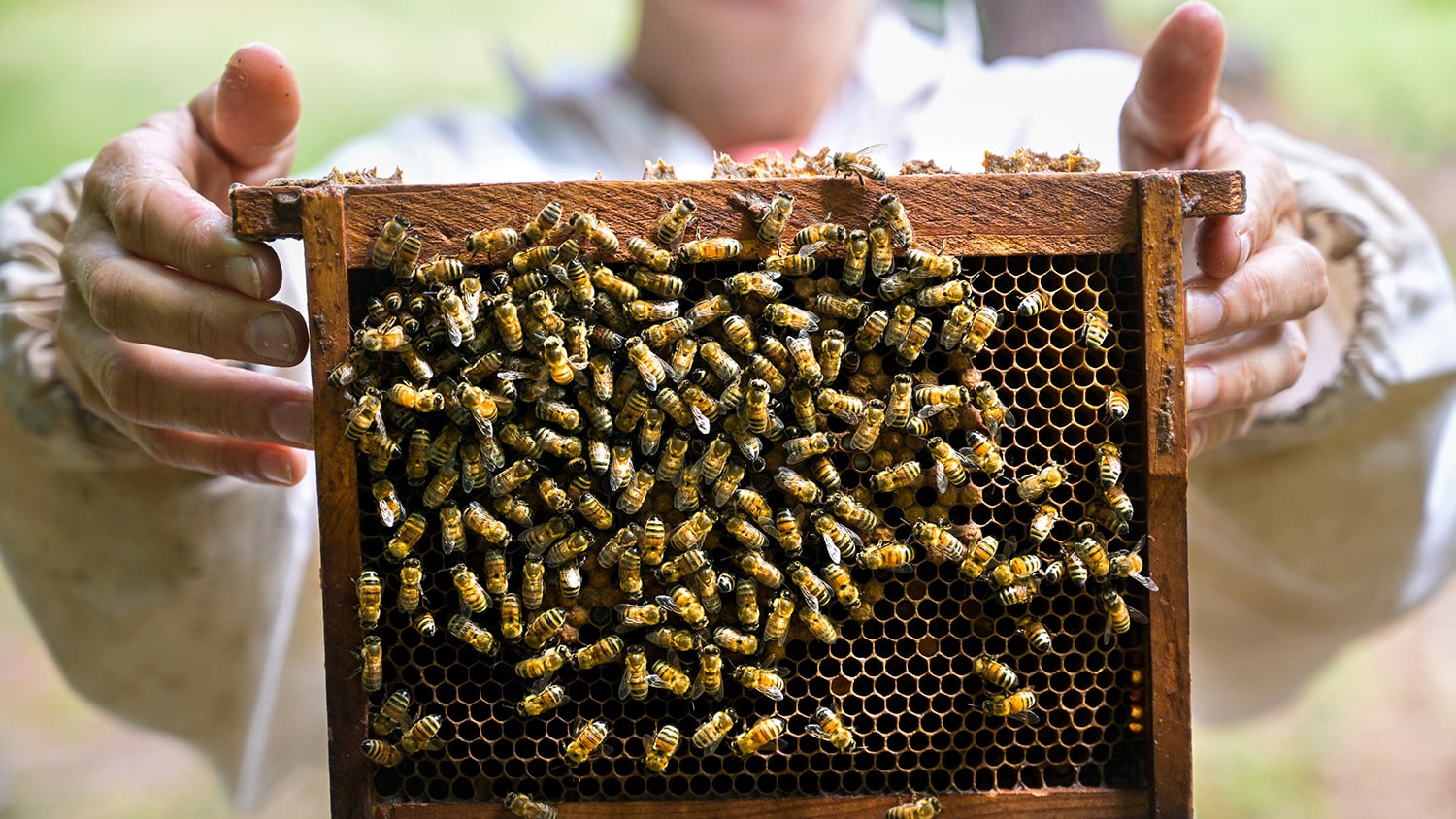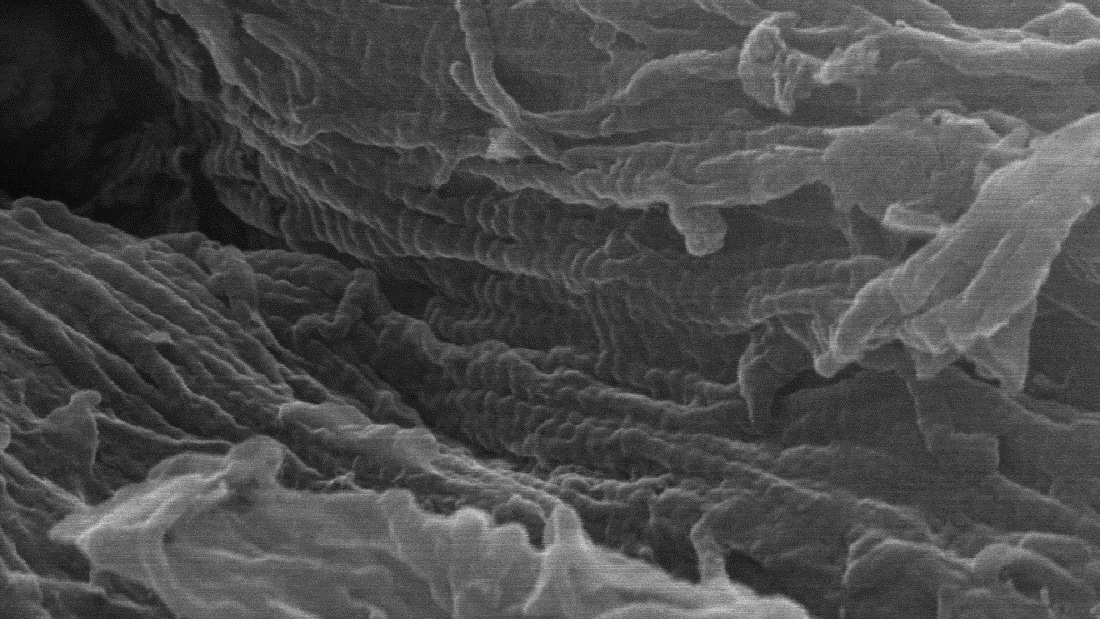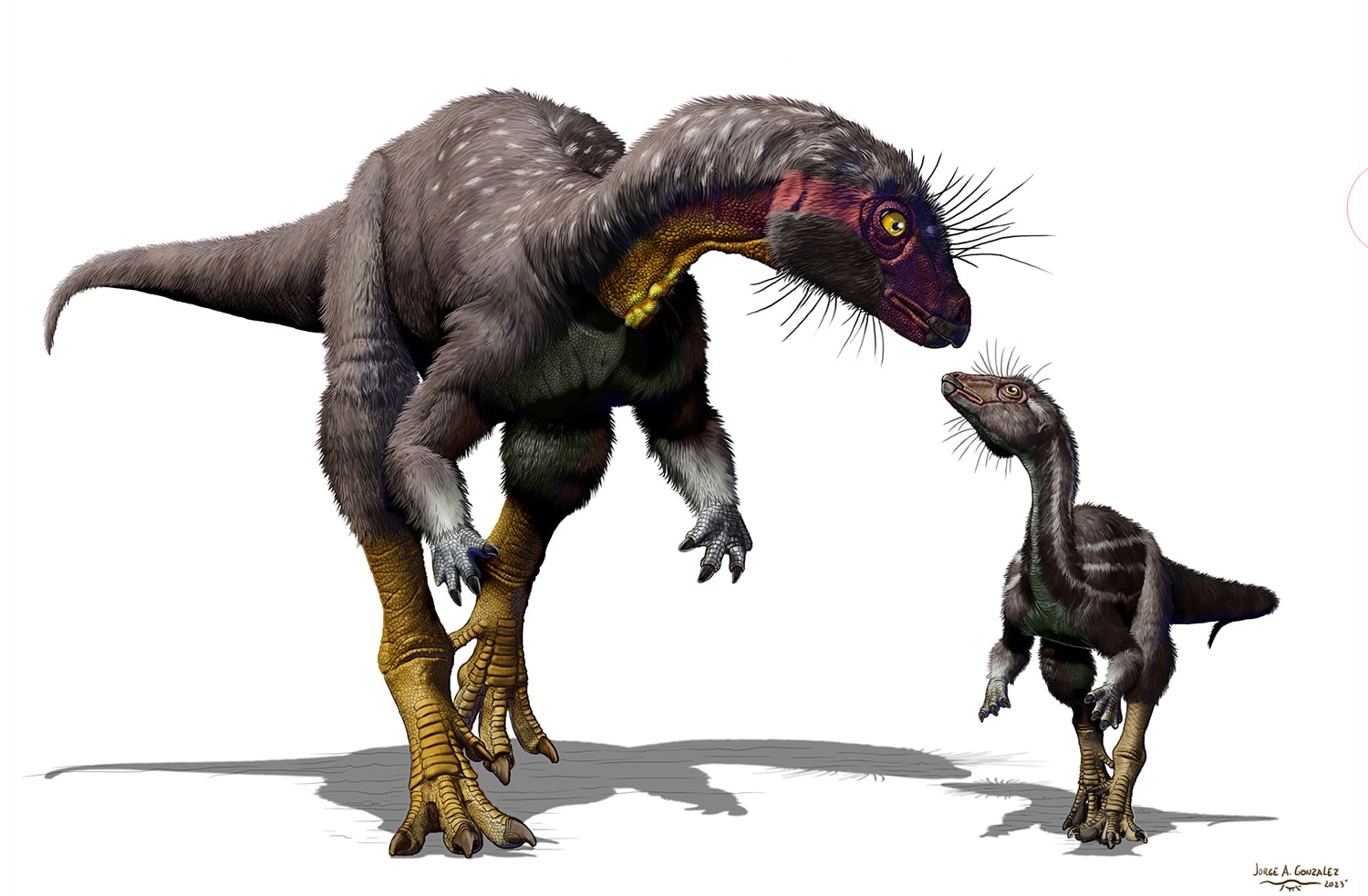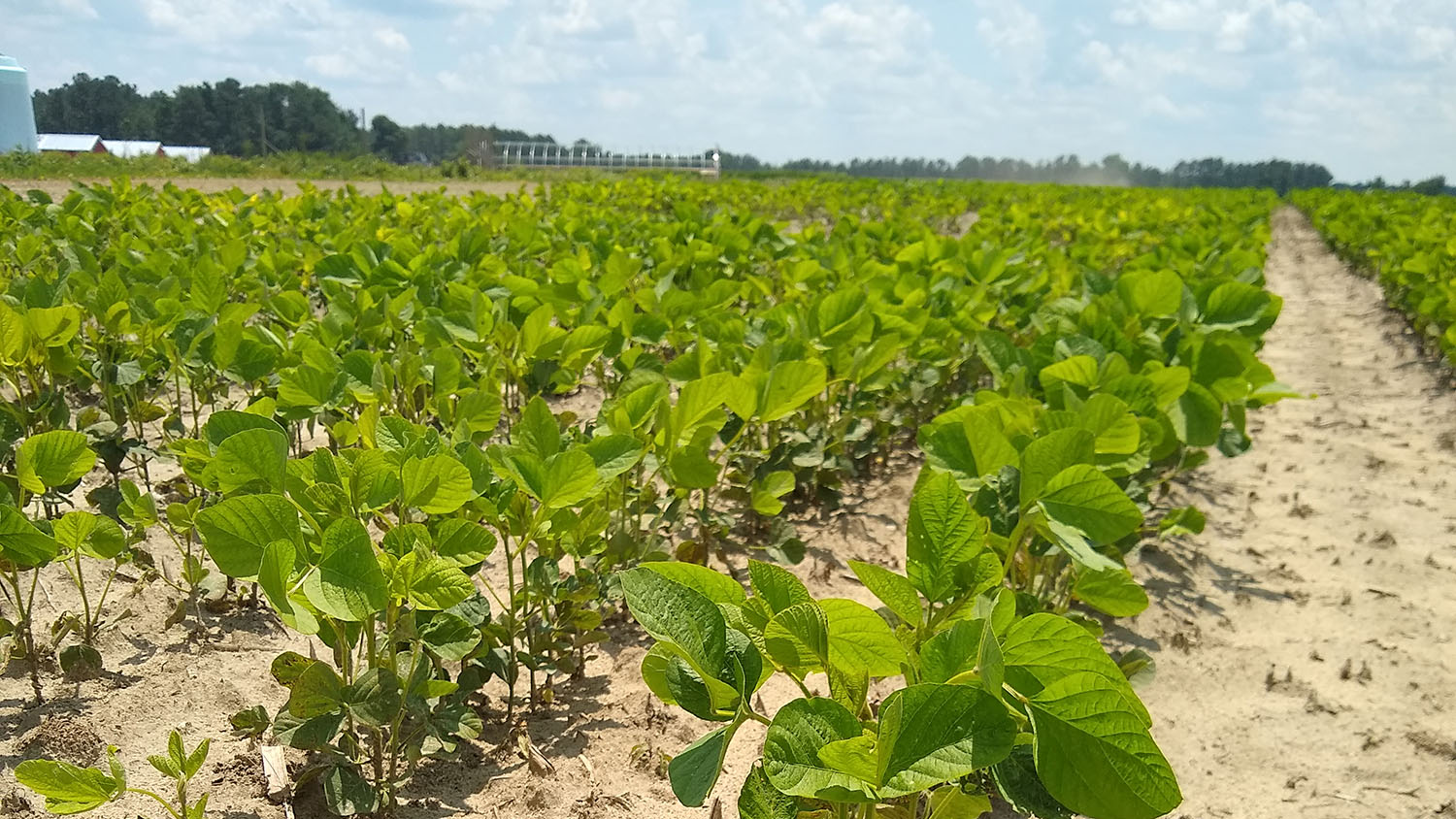Tracey Peake

Array Pinpoints Imprinted Genes with Potential Links to Disease

Can Bees Recognize Faces?

Nanoscopic Imaging Aids in Understanding Protein, Tissue Preservation in Ancient Bones

Bartonella and Babesia Co-Infection Detected in Patients with Chronic Illness

Life Underground Suited New Dinosaur Fine

Baby, it’s Hot Outside. New Toolkit to Help Reduce Heat-Related Health Problems

Bartonella DNA Found in Blood of Patients With Psychosis

Study Sheds Light on Bacteria Associated With Pre-Term Birth

Study Explores Role of Epigenetics, Environment in Differing Alzheimer’s Risk Between Black and White Communities

When Injecting Pure Spin into Chiral Materials, Direction Matters

NC State Researchers Predict Active Hurricane Season

Why Figuring Out How Potassium Is Destroyed in Stars Is Important to Understanding the Universe

The Physics of a Curveball

The Art of Insect Flight
